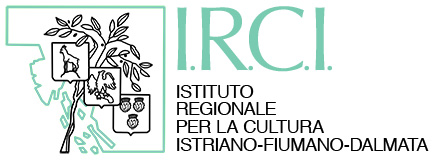

Preserving
tombs of our loved ones in the Istrian cemeteries is of utmost importance for
those who were forced to abandon their homeland as a result of political and
nationalistic pressure. The cemeteries of Istria, Fiume and Dalmatia bear the
most significant traces of our historical, cultural and moral heritage. It is
an example of the cultural production of the people living in this territory.
It is, therefore, a civic and moral duty to preserve the Italian traces in
those cemeteries we still consider to be ours, against history’s relentless
ticking clocks threatening the survival of these graves.
Italy must
be involved in this preservation process of cemeteries and tombs representing
the collective memory that shapes our Italian cultural identity.
Before 1945
most of the Istrian families had the lawful right - according to the existing
law - to use continually the cemetery and its graves. At first, this right was
respected by Yugoslavia, but after the reform adopted in the ‘60s this right
was rejected and even abolished. The expropriation of the tombs without
compensation was the next step. In the ‘80s new rules issued by the
municipalities of the Croatian part of Istria allowed limitless use of the
graves. To exercise the right all grave owners were supposed to renew the
concession contract, pay a municipal tax “una tantum”- usually more than one
million Lire per grave - and pay an annual maintenance fee of some tens of
thousands of Lire.
It must be
underlined that many Municipalities have been permissive and did not physically
expropriate the lots. This was possible thanks to the cemetery enlargement,
that provided more space for the new deceased without having to exhume the
Italian graves.
Under these
circumstances the I.R.C.I. Institute for Istrian-Fiuman-Dalmatian culture
decided to introduce a new service in order to address systematically the
preservation issues related to the Istrian cemeteries.
Free
assistance is offered to facilitate exiled people in the procedures foreseen
for tomb maintenance. The staff analyze the single cases and serve as
intermediary with Italian consulate authorities, municipal administration and
funeral homes.
I.R.C.I. has
been also monitoring every single burial in the cemeteries to get a concrete
framework of the current situation. Every cemetery in the Croatian part of
Istria has been visited and all 20.000 Italian tombs included in the
preservation initiative have been photographed. We are doing the same in the
Slovenian part of Istria.